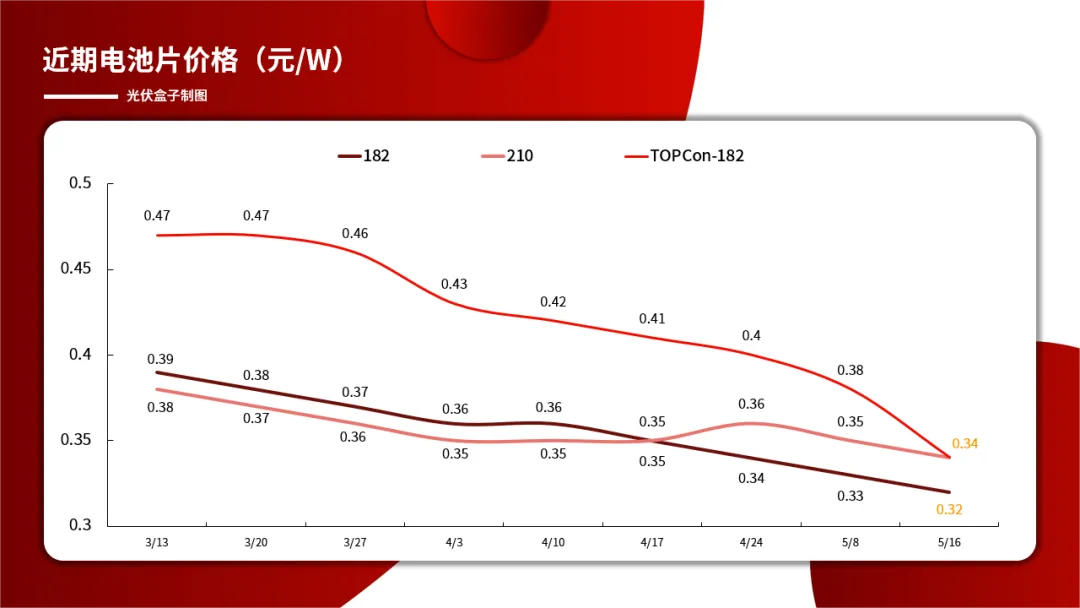Affordable Three Phase Solar Inverter Prices for Optimal Energy Solutions
The Price of Three-Phase Solar Inverters A Comprehensive Overview
In recent years, three-phase solar inverters have garnered significant attention in the renewable energy sector, particularly for their applications in commercial and industrial installations. As more businesses and factories adopt solar energy to reduce their carbon footprint and energy costs, understanding the price dynamics of three-phase solar inverters becomes crucial.
Three-phase solar inverters typically convert direct current (DC) electricity generated by solar panels into alternating current (AC) electricity, which is compatible with the electrical grid and commonly used in businesses. One of the primary reasons for their popularity in commercial settings is their ability to handle larger loads efficiently compared to single-phase inverters. However, the price of these inverters can vary widely based on several factors, including brand, size, technology, and additional features.
As of 2023, the price range for three-phase solar inverters can vary from approximately $1,000 to over $5,000
. The lower end of this price spectrum usually represents smaller capacities, ideal for small to medium-sized installations, while the higher end is often suited for large-scale commercial applications requiring high efficiency and advanced features.Factors Influencing Prices
1. Capacity and Output The power output of inverters is a significant influencing factor. Inverters with higher capacity typically cost more, as they are designed to handle greater amounts of energy input from solar panels. Most commercial installations benefit from inverters ranging from 10 kW to 100 kW or more.
three phase solar inverter price

2. Brand Reputation Established brands often charge premium prices for their inverters due to their reputation for reliability and performance. Many buyers are willing to pay additional costs for well-regarded brands, as they offer warranties and customer support, ensuring peace of mind.
3. Technology The type of technology used in the inverter also impacts pricing. For instance, string inverters tend to be less expensive than central inverters, which are suitable for large-scale applications but come with higher upfront costs. Additionally, the incorporation of smart technologies, such as monitoring systems and grid-support features, can also increase the price.
4. Installation and Additional Components It's essential to consider that the price of the inverter itself is only part of the total investment in a solar power system. Installation costs and accessories, such as mounting equipment and wiring, can contribute to the overall budget.
Conclusion
In conclusion, while the initial cost of three-phase solar inverters may seem significant, they provide a valuable return on investment over time through energy savings and reduced operational costs. As technology continues to advance and the demand for renewable energy solutions increases, it is expected that prices will become more competitive, allowing even more businesses to harness the sun’s power effectively. For decision-makers considering solar energy, investing in a three-phase inverter could be a pivotal step toward achieving sustainability goals and enhancing energy efficiency.
-
Understanding the Advantages of Solar String Inverters for Your Energy SystemNewsApr.29,2025
-
Choosing the Right PV Inverter: A Comprehensive GuideNewsApr.29,2025
-
The Future of Solar Power: Exploring Bifacial Solar PanelsNewsApr.29,2025
-
The Complete Guide to Solar Panels: Efficiency, Cost, And InstallationNewsApr.29,2025
-
The Best Options for Efficiency and Cost-EffectivenessNewsApr.29,2025
-
Harnessing the Power of Off-Grid Solar Inverters for Energy IndependenceNewsApr.29,2025







